Exhaust Heat Recovery System Market Summary
As per MRFR analysis, the Exhaust Heat Recovery System Market Size was estimated at 35.88 USD Billion in 2024. The Exhaust Heat Recovery System industry is projected to grow from 38.42 USD Billion in 2025 to 76.07 USD Billion by 2035, exhibiting a compound annual growth rate (CAGR) of 7.07 during the forecast period 2025 - 2035.
Key Market Trends & Highlights
The Exhaust Heat Recovery System Market is poised for substantial growth driven by energy efficiency and sustainability initiatives.
- The market is witnessing a rising demand for energy efficiency, particularly in North America, which remains the largest market.
- Technological innovations are propelling advancements in exhaust heat recovery systems, especially in the turbine segment, which is currently the largest.
- Regulatory support for sustainability is fostering growth in the Asia-Pacific region, recognized as the fastest-growing market.
- Increasing energy costs and environmental regulations are major drivers influencing the adoption of exhaust heat recovery systems across various sectors.
Market Size & Forecast
| 2024 Market Size | 35.88 (USD Billion) |
| 2035 Market Size | 76.07 (USD Billion) |
| CAGR (2025 - 2035) | 7.07% |
Major Players
General Electric (US), Siemens (DE), Honeywell (US), Schneider Electric (FR), Mitsubishi Heavy Industries (JP), Bosch Thermotechnology (DE), Eaton (US), Alfa Laval (SE), ThermoEnergy Corporation (US)
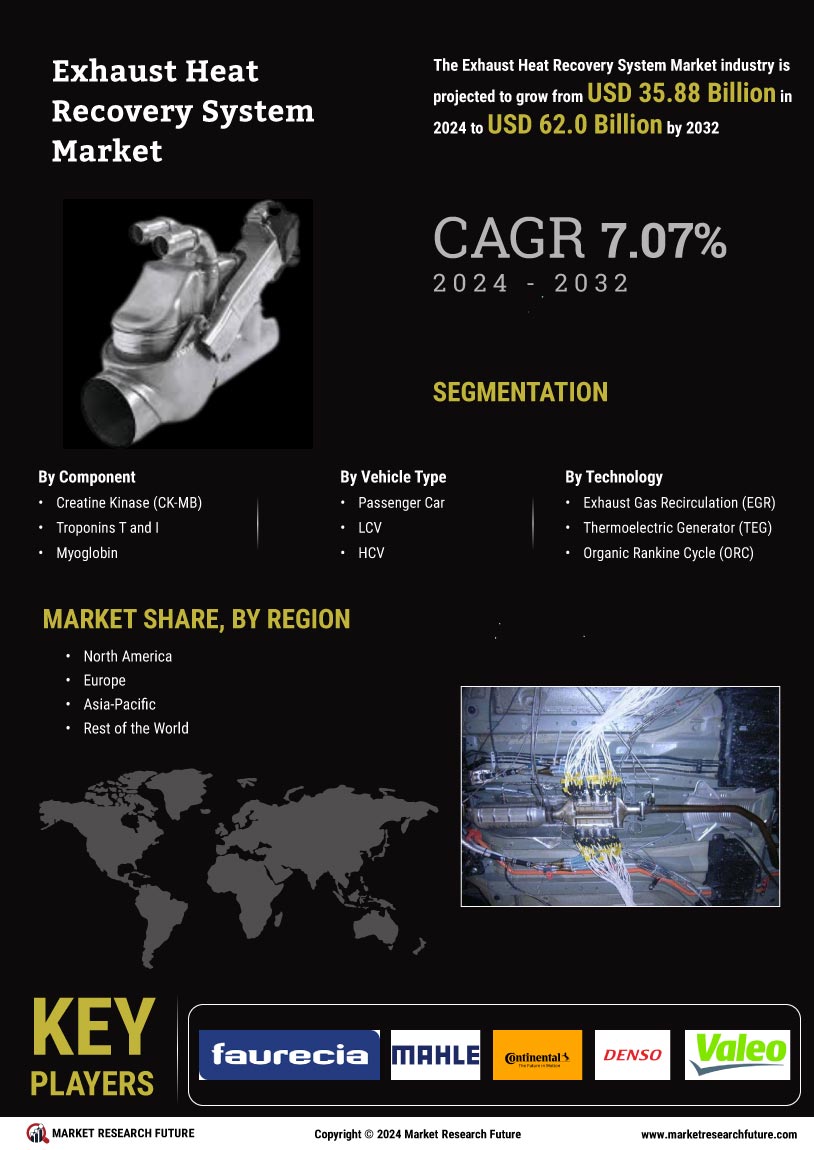

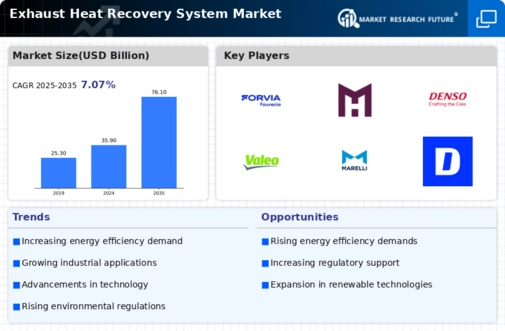
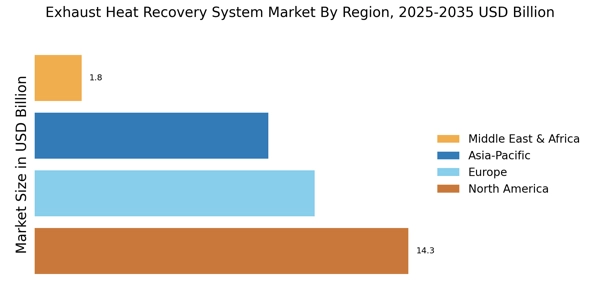
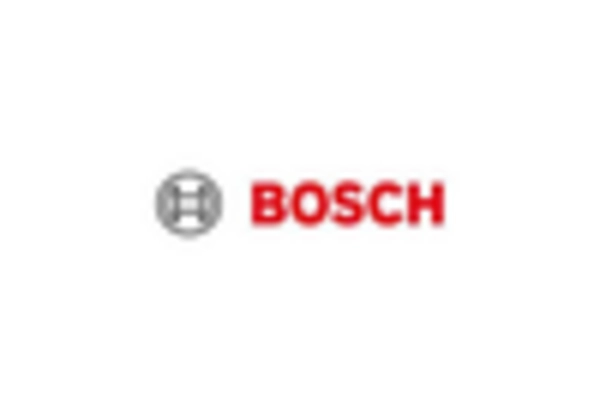
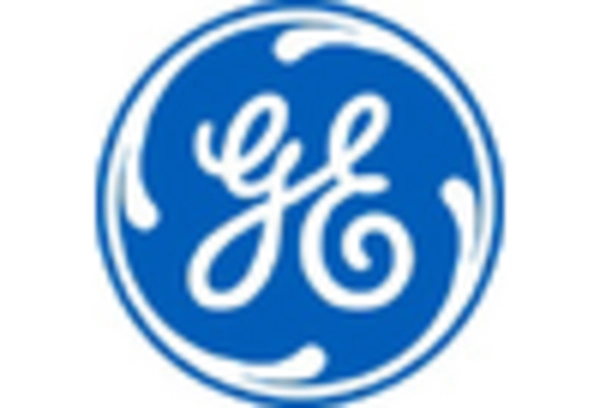

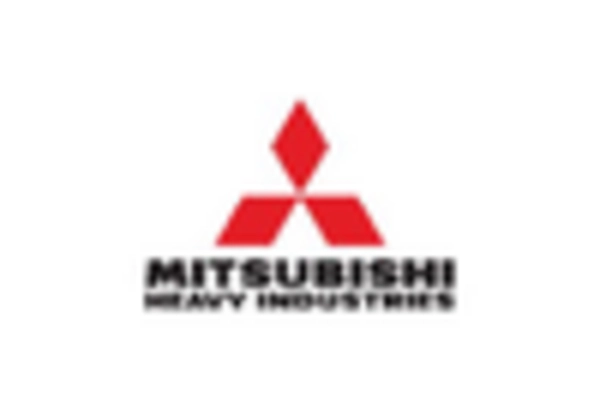










Leave a Comment